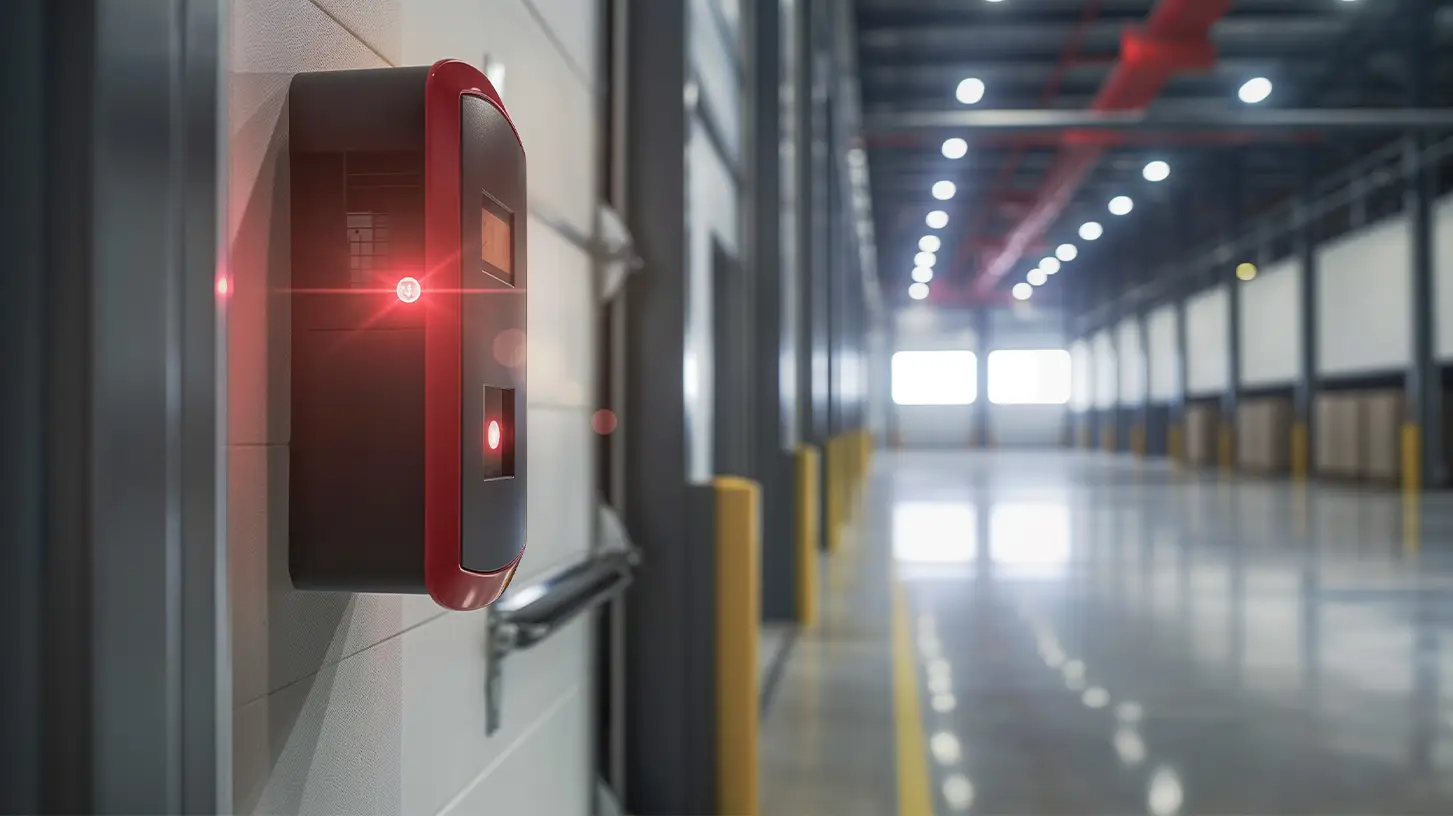
Ensuring Safety in Every Home and Building
Fire alarm installation is a crucial aspect of ensuring the safety and security of residential and commercial properties. In the event of a fire outbreak, a properly installed fire alarm system can save lives by alerting occupants and authorities promptly. This article explores the importance of fire alarm installation, types of fire alarm systems, components involved, factors to consider before installation, steps in the installation process, benefits of professional installation, DIY versus professional installation, cost considerations, maintenance requirements, common mistakes to avoid, and future trends in fire alarm technology.
Foundations of Fire Alarm Installation
What is a fire alarm system?
A fire alarm system is a network of interconnected devices designed to detect and alert individuals to the presence of smoke, fire, or carbon monoxide in a building. These systems are essential for early detection and warning, allowing occupants to evacuate safely and firefighters to respond promptly.
Importance of fire alarm installation
Fire alarm installation is critical for safeguarding lives and property against the devastating effects of fire. Whether in residential homes, commercial buildings, or industrial facilities, fire alarms play a vital role in mitigating risks and minimizing damage in the event of an emergency.
Types of Fire Alarm Systems
There are several types of fire alarm systems available, each with its unique features and applications.
Conventional fire alarm systems
Conventional fire alarm systems consist of multiple detection zones connected to a central control panel. Each zone comprises several devices, such as smoke detectors or heat detectors, wired in a loop. When triggered, the control panel identifies the specific zone where the alarm originated, providing basic information about the location of the fire.
Addressable fire alarm systems
Addressable fire alarm systems offer more advanced features compared to conventional systems. In an addressable system, each detector or device is assigned a unique address, allowing the control panel to pinpoint the exact location of the alarm. This level of precision enables faster response times and easier troubleshooting.
Wireless fire alarm systems
Wireless fire alarm systems eliminate the need for extensive wiring, making them ideal for retrofitting existing buildings or areas where traditional installation methods are impractical. These systems use radio frequency signals to communicate between devices, providing flexibility and ease of installation.
Hybrid fire alarm systems
Hybrid fire alarm systems combine the features of both conventional and addressable systems, offering a versatile solution for various applications. Hybrid systems allow for a mix of wired and wireless devices, providing scalability and compatibility with existing infrastructure.
Components of a Fire Alarm System
A typical fire alarm system consists of several key components working together to detect, alert, and respond to fire emergencies.
Smoke detectors
Smoke detectors are one of the primary components of a fire alarm system, responsible for detecting the presence of smoke particles in the air. These detectors come in various types, including ionization, photoelectric, and dual-sensor models, each suitable for different environments and fire conditions.
Heat detectors
Heat detectors are designed to activate when they sense a rapid rise in temperature, indicating the presence of a fire. Unlike smoke detectors, heat detectors do not rely on smoke particles for detection, making them suitable for areas with high levels of dust or fumes.
Control panel
The control panel serves as the brain of the fire alarm system, receiving signals from detectors and initiating appropriate responses. It displays information about the status of each device, facilitates programming and configuration, and communicates with external monitoring services or emergency responders.
Alarm notification devices
Alarm notification devices, such as sirens, strobe lights, and voice evacuation systems, are responsible for alerting occupants to the presence of a fire. These devices emit audible and visual signals, ensuring that individuals can hear and see the alarm even in noisy or crowded environments.
Factors to Consider Before Installation
Before installing a fire alarm system, several factors should be taken into account to ensure its effectiveness and compliance with regulations.
Building size and layout
The size and layout of the building influence the type and placement of fire alarm devices. Larger buildings may require multiple zones or additional notification devices to provide adequate coverage.
Fire hazards
Identifying potential fire hazards within the building, such as kitchens, mechanical rooms, or storage areas, helps determine the appropriate types of detectors and suppression measures needed.
Regulatory requirements
Compliance with local building codes, fire safety standards, and insurance requirements is essential when designing and installing a fire alarm system. Failure to meet regulatory standards can result in fines, penalties, or refusal of insurance coverage.
Steps in Fire Alarm Installation
Site assessment and planning
The first step in fire alarm installation is to conduct a thorough site assessment to identify the specific needs and requirements of the building. This includes evaluating the layout, occupancy type, fire risks, and existing infrastructure.
Designing the system layout
Based on the site assessment, a detailed system layout is created, specifying the location of detectors, control panels, and notification devices. The design should take into account factors such as coverage area, zoning requirements, and accessibility for maintenance.
Installation of components
Once the design is finalized, the installation process begins, involving the mounting and wiring of detectors, control panels, and other system components. Proper installation is crucial to ensure the reliability and effectiveness of the fire alarm system.
Testing and commissioning
After installation, the system undergoes rigorous testing and commissioning to verify its functionality and compliance with regulatory standards. This includes conducting smoke and heat tests, checking communication pathways, and simulating alarm scenarios.
Benefits of Professional Installation
Ensures compliance with regulations
Professional installation ensures that the fire alarm system meets all applicable codes, standards, and regulations, reducing the risk of non-compliance and potential liabilities.
Optimal system performance
Experienced technicians have the knowledge to ensure your fire alarm installation project is up to state code and best safety practices.
